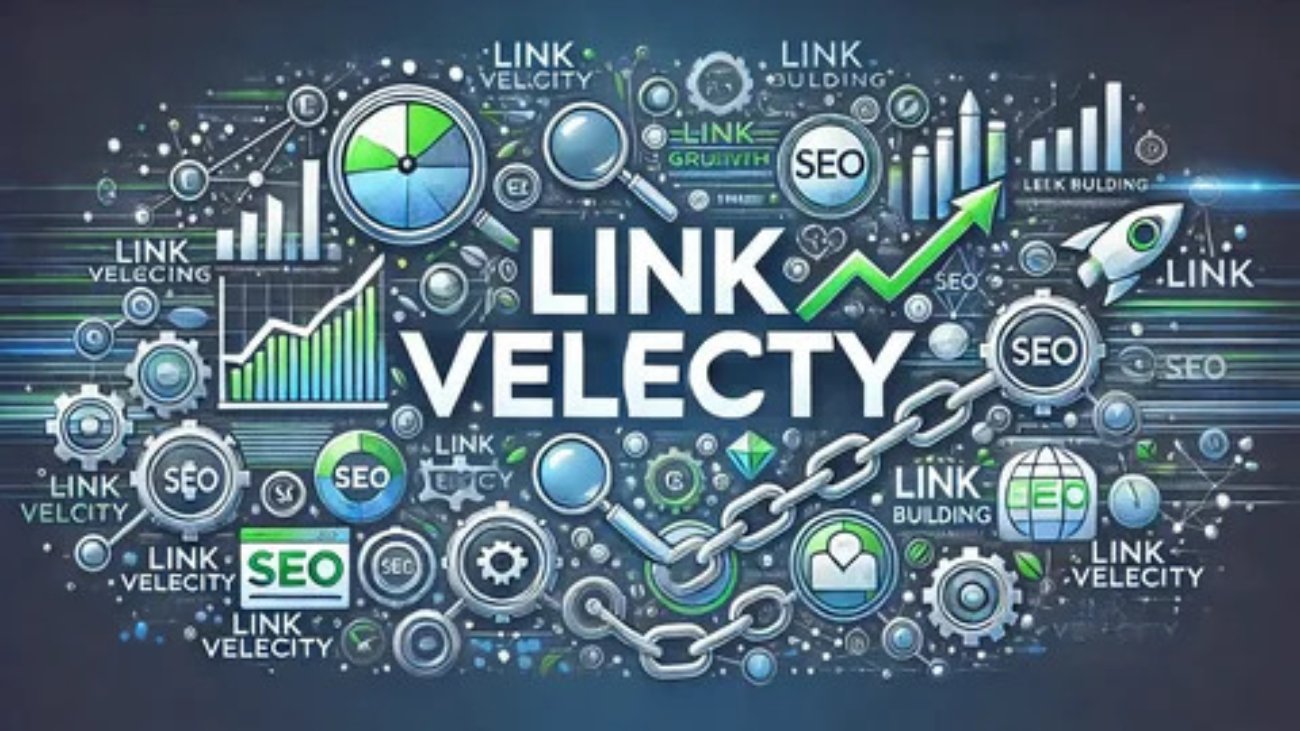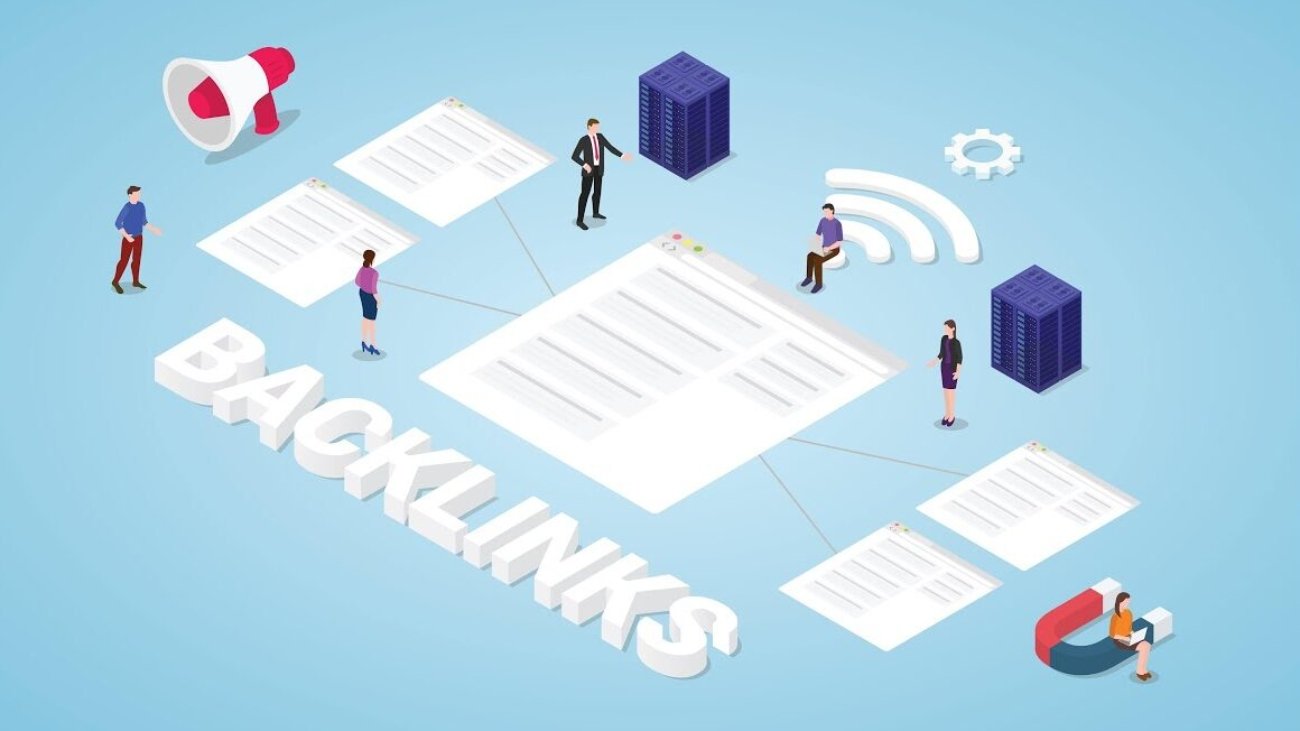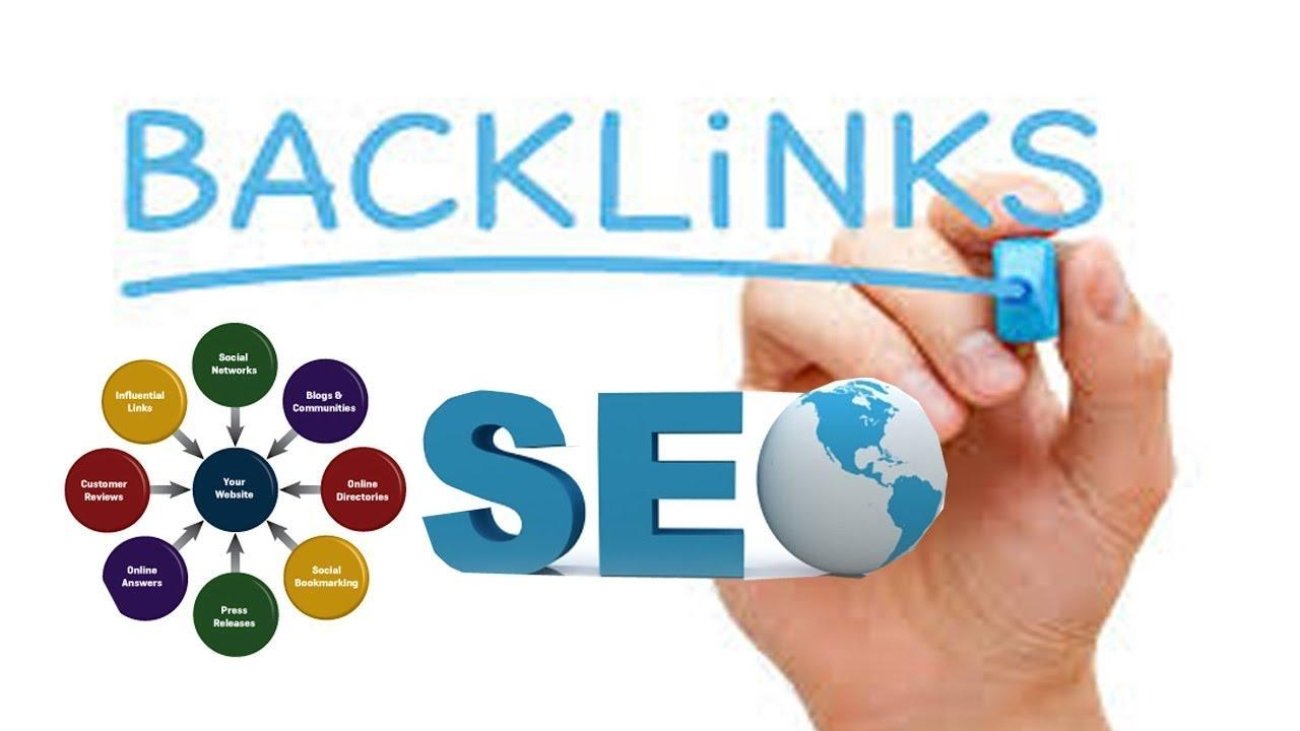In the race to the top of Google, everyone is focused on link building, but very few talk about how fast you should build those links. That’s where link velocity enters the conversation.
If you build links too slowly, your growth may stagnate. Build them too quickly, and you might trigger a Google penalty. So, what’s the sweet spot?
In 2025, with Google’s link spam detection more intelligent than ever, understanding link velocity isn’t just optional, it’s critical to staying on the right side of the algorithm.
In this complete guide, we’ll cover:
-
What is link velocity?
-
Why link velocity matters in SEO
-
The risks of aggressive link building
-
What’s considered natural vs. spammy
-
Ideal link building pace
-
How to measure and adjust your link velocity
-
Real examples from successful websites
-
Link velocity myths debunked
-
Expert tips to optimize safely
Let’s dive in and demystify the tempo of safe SEO success.
What is Link Velocity?
Link velocity refers to the rate at which a website acquires new backlinks over time. This could be:
-
Daily
-
Weekly
-
Monthly
For example, if you gain 100 backlinks in a week and only 5 the week before, that’s a spike in your link velocity. Google monitors these patterns to distinguish between organic growth and manipulative practices.
In short: it’s not just what backlinks you build but how fast.
Why Does Link Velocity Matter in SEO?
Because search engines especially Google want to reward natural, organic link growth. Unnatural surges in links can raise red flags.
Key reasons link velocity matters:
-
Google Spam Detection: Sudden link spikes may indicate paid links or black-hat SEO.
-
Trust Signals: A healthy, consistent link profile builds domain authority over time.
-
Ranking Stability: Slow and steady link growth is more likely to yield lasting SERP results.
⚠️ Reminder: Google is pattern-sensitive, not just link-sensitive.
What Happens If You Build Links Too Fast?
❌ Penalties or Algorithmic Devaluation
Too many links in a short time, especially from low-quality sites, can:
-
Trigger Google’s Link Spam Update
-
Lead to manual penalties
-
Result in ranking drops or sandboxing
❌ Link Profile Imbalance
Sudden growth from one type of link (e.g., blog comments or guest posts) appears unnatural and invites scrutiny.
❌ Missed Contextual Relevance
Rapid link buying often ignores anchor diversity, topical relevance, and context crucial ranking factors.
What Is Considered a Natural Link Velocity?
There’s no universal number but it depends on:
-
Your domain age
-
Your current authority (DA/DR)
-
Your niche
-
Your traffic growth
As a rule of thumb:
| Domain Status | Safe Monthly Link Velocity |
|---|---|
| New site (0–6 months) | 5–15 links/month |
| Growing site (6–12 months) | 15–50 links/month |
| Established site (1+ years) | 50–200 links/month |
If your site just launched and you suddenly acquire 200 backlinks in a week, expect problems.
Real-Life Example: Good vs. Bad Link Velocity
✅ Good Link Velocity
A blog that gains traction through viral content earns:
-
80 links in a month
-
From 60+ unique domains
-
Anchors are varied
-
Referring pages are relevant
This growth aligns with user behavior and trends.
❌ Bad Link Velocity
A brand-new website adds:
-
150 backlinks in 7 days
-
Mostly from forum profiles and blog comments
-
Identical anchor text like “buy cheap shoes”
-
From unrelated or spammy domains
Google can easily detect this unnatural surge.
How Google Evaluates Link Growth
Google uses machine learning models to assess:
-
Historical backlink trends
-
Spike-to-normal ratio
-
Anchor text diversity
-
Referring domain trust
-
Contextual placement
The Link Spam Update (2024 and refined in 2025) focuses on “unnatural pattern detection” which is where link velocity plays a major role.
So if your link graph looks like a hockey stick, you may be flagged for review.
How to Build Links at a Safe Velocity (White-Hat SEO)
Here’s how to grow your backlink profile naturally without compromising speed or safety:
1. Start with Foundational Links
-
Business directories
-
Social profiles
-
Local citations
-
Branded mentions
Recommended pace: 5–10 in the first month
2. Drip Your Outreach Campaigns
Instead of sending 500 guest post pitches at once:
-
Start with 10–20 per week
-
Increase based on success rate
-
Target relevant, high-quality sites
3. Focus on Link Earning, Not Just Building
Create:
-
Shareable content (infographics, case studies)
-
Tools or templates
-
Thought-leadership blog posts
This way, links come in organically, which Google loves.
4. Use a Natural Anchor Strategy
Avoid over-optimizing. Use:
-
Branded anchors (e.g., “Dr. Zaar”)
-
Natural phrases (e.g., “check this article”)
-
URL-based anchors
-
Only 10–20% exact match
5. Monitor and Adjust Velocity
Use tools like:
-
Ahrefs (Backlink growth chart)
-
SEMrush (Backlink Audit tool)
-
Google Search Console
Look for:
-
Link spikes
-
Sudden drop-offs
-
Toxic link warnings
If you see rapid spikes, slow down or disavow suspicious domains.
Link Velocity by Content Type
Not all content attracts links at the same speed.
| Content Type | Typical Link Velocity |
|---|---|
| Evergreen Guides | Slow but steady |
| Viral/Trending Posts | Fast initial spike |
| Research & Data | Gradual compounding growth |
| PR Announcements | Medium burst, then plateau |
| Infographics | Moderate but steady |
Choose a content mix that balances short-term and long-term backlink goals.
Debunking Link Velocity Myths
❌ Myth 1: “More links = better rankings faster”
Not always. Quality > Quantity. Google devalues low-quality links.
❌ Myth 2: “It’s safe to buy 200 links if you spread them across pages”
Even distributed links can look unnatural if the domains or anchors are spammy.
❌ Myth 3: “Link velocity doesn’t matter anymore”
False. Google’s link algorithms rely heavily on temporal link growth trends.
How to Recover from Unnatural Link Velocity Mistakes
Even experienced SEOs can get caught in a link velocity trap especially when aggressive goals or unvetted vendors come into play.
If you suspect your site has built links too quickly or attracted unnatural patterns, here’s how to recover:
1. Audit Your Backlink Profile
Use tools like Ahrefs, SEMrush, or Google Search Console to:
-
Identify sudden spikes or drops in referring domains.
-
Spot low-quality or spammy backlinks.
-
Analyze anchor text distribution (look for over-optimized exact-match anchors).
2. Identify Toxic or Irrelevant Links
Look for backlinks that are:
-
From unrelated niches or languages
-
Hosted on spammy forums or directories
-
Filled with commercial, keyword-stuffed anchors
-
Not indexed by Google
These are likely harming your trust signals.
3. Disavow Toxic Links
If links are clearly harmful and cannot be removed via outreach, use Google’s Disrovw Tool to tell Google to ignore them.
Be cautious:
-
Only disavow domains you’re confident are toxic.
-
Upload a
.txtfile listing one domain or URL per line. -
Regularly update it as new bad links appear.
4. Balance Future Link Building with Caution
After clean-up, pause aggressive link acquisition for 2–3 weeks to allow your link graph to stabilize.
Then, restart slow and consistent growth with:
-
Outreach-based links
-
Press mentions
-
Contextual editorial placements
-
Organic brand mentions
Link Velocity in Competitive Niches
Some industries like finance, SaaS, and health naturally attract faster link growth due to:
-
Heavy PR efforts
-
Influencer marketing
-
Viral social content
But even in competitive niches, link growth must appear intentional and credible, not artificial.
Pro Tip:
If you’re in a high-growth niche, diversify your link sources even further by:
-
Publishing thought leadership on niche platforms
-
Collaborating with influencers for co-branded content
-
Running digital PR campaigns for product launches
Advanced Link Velocity Tactics
Here are some next-level methods to safely scale your link building while managing link velocity:
1. Create a Link Building Calendar
Map out:
-
Weekly targets
-
Content to promote
-
Outreach templates
-
Guest posting slots
This approach avoids bursty, last-minute surges.
2. Use Time-Delayed Campaigns
Tools like Pitchbox, Mailshake, or Respona let you:
-
Drip-send outreach emails over weeks
-
Randomize sending intervals
-
Personalize per domain
This mimics natural relationship-building over time.
3. Leverage Brand Mentions
Use Google Alerts, Mention.com, or Brand24 to track unlinked mentions of your brand.
Outreach and request those mentions to be converted into backlinks.
Bonus: Since the brand was already mentioned, these links are considered highly natural.
4. Scale via Content Partnerships
Partner with industry creators, bloggers, and educational platforms. Strategies include:
-
Resource link swaps
-
Co-created whitepapers
-
Collaborative video interviews
-
Link insertions into updated blog archives
This helps build editorial-quality links while maintaining a reasonable link growth rate.
Link Velocity for Local SEO
If you’re optimizing a local business website, your link velocity strategy should be even more cautious. Why?
Local markets typically don’t see high backlink activity. So building 100+ links in a short period looks highly suspicious.
For Local SEO:
-
Focus on local citations
-
Earn backlinks from regional newspapers
-
Get featured in niche business directories
-
Encourage local bloggers and customers to link to your testimonials or case studies
Recommended local link velocity: 5–20/month max for small businesses
Final Thoughts: Link Velocity Is a Ranking Signal
In 2025, Google’s spam filters and AI-driven link evaluation systems are more advanced than ever. They’re not just looking at what kind of backlinks you’re getting but also at how fast you’re getting them.
Here’s the truth:
-
Link velocity matters.
-
Sudden surges without context = red flags.
-
Consistent, well-paced growth = trust.
Don’t chase shortcuts. SEO is a marathon, not a sprint. Focus on:
-
Creating valuable content
-
Promoting through outreach
-
Earning links organically
-
Monitoring patterns monthly
And most importantly never build faster than your brand grows.




